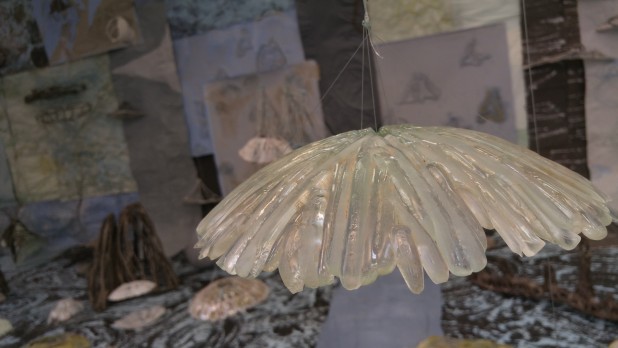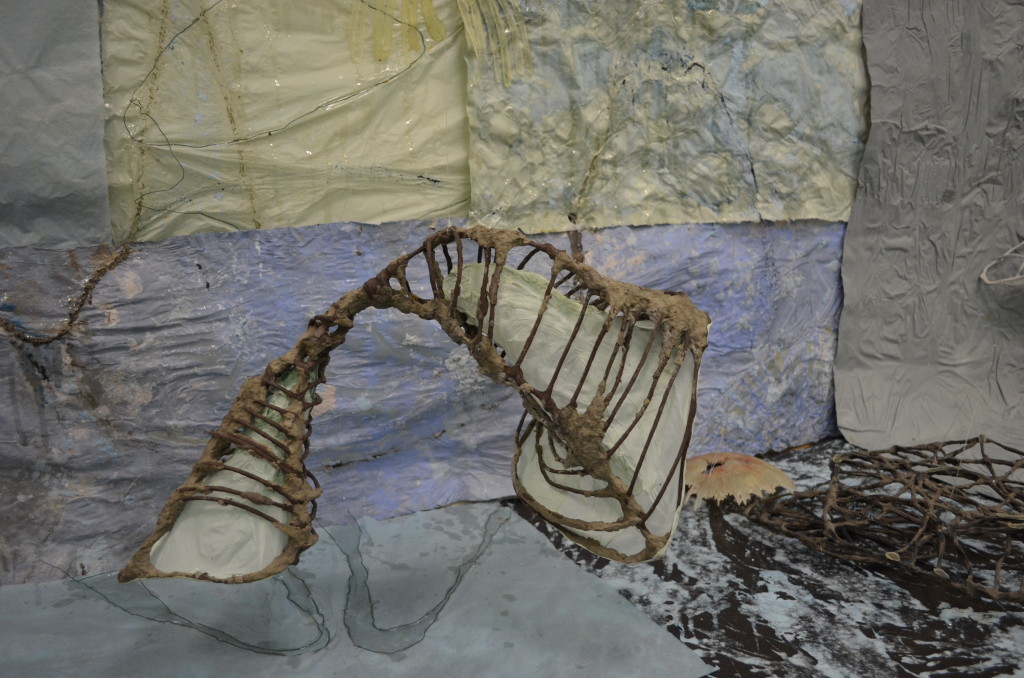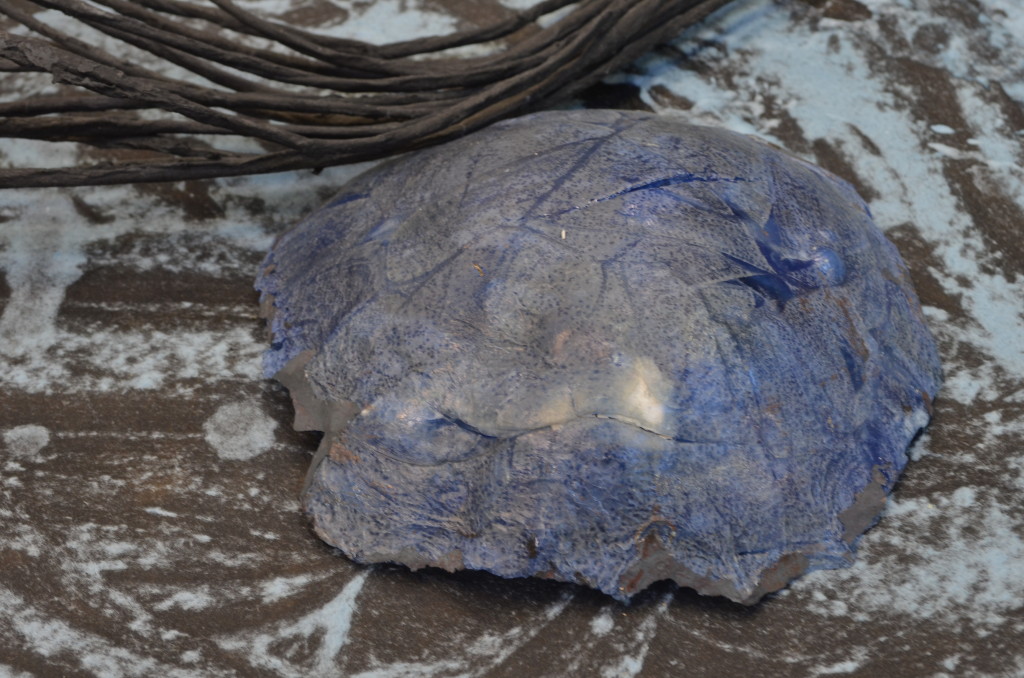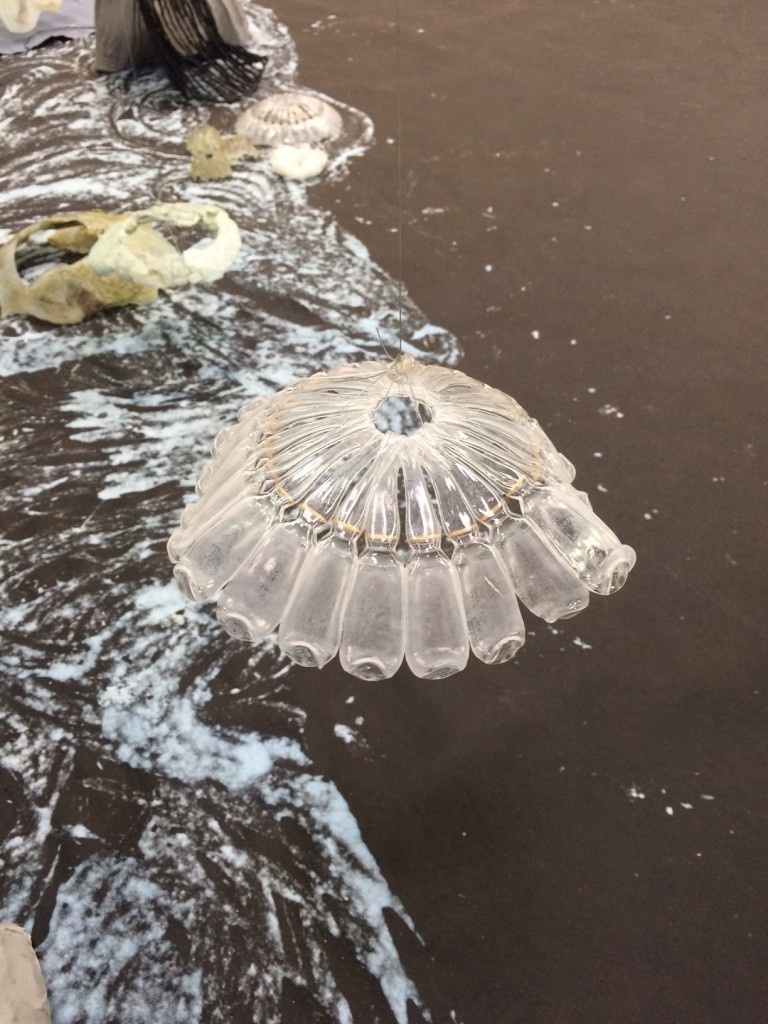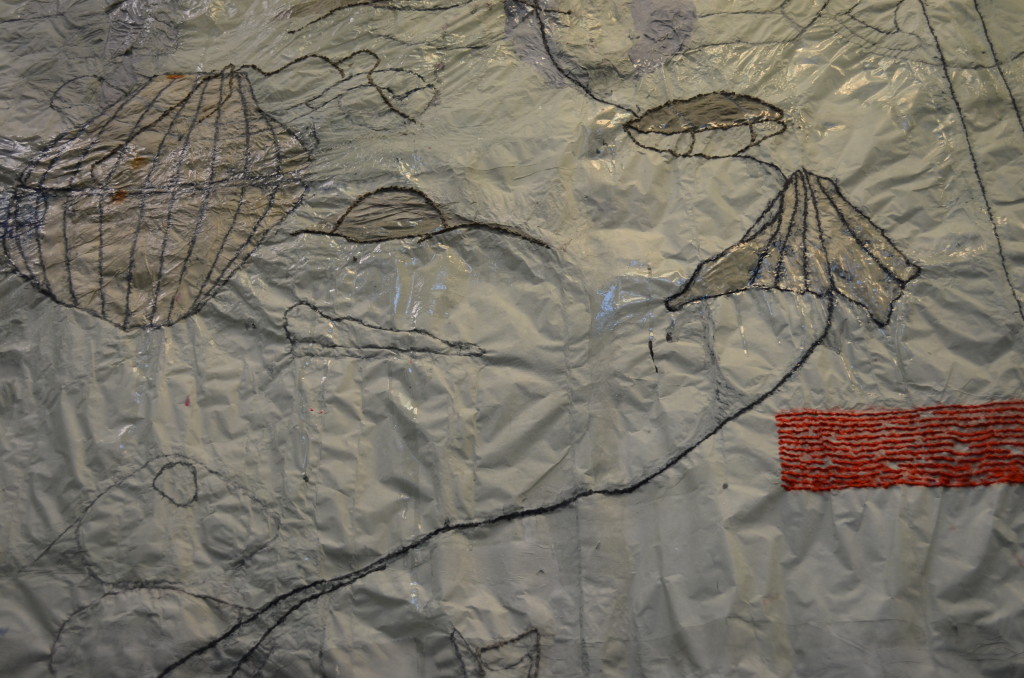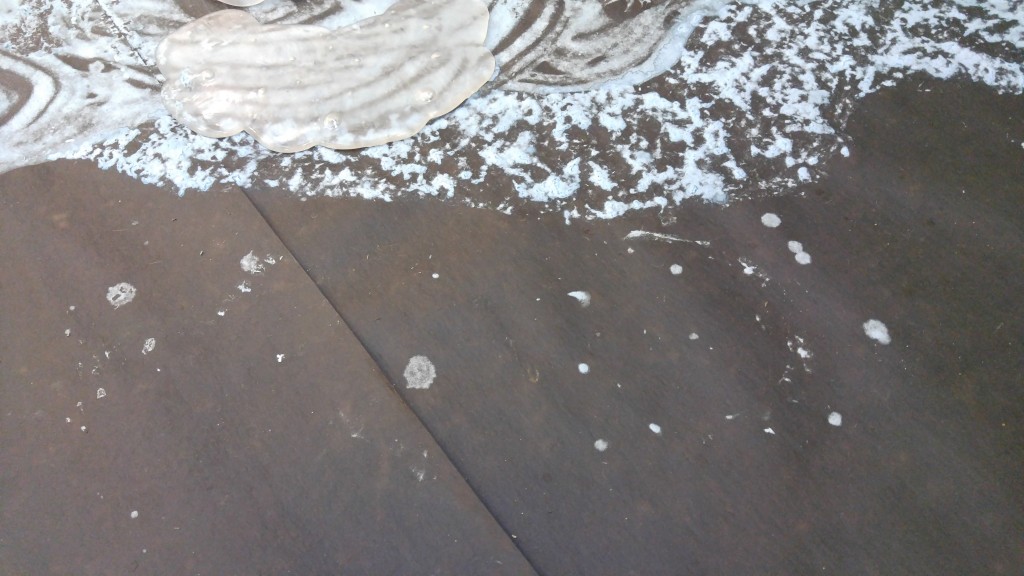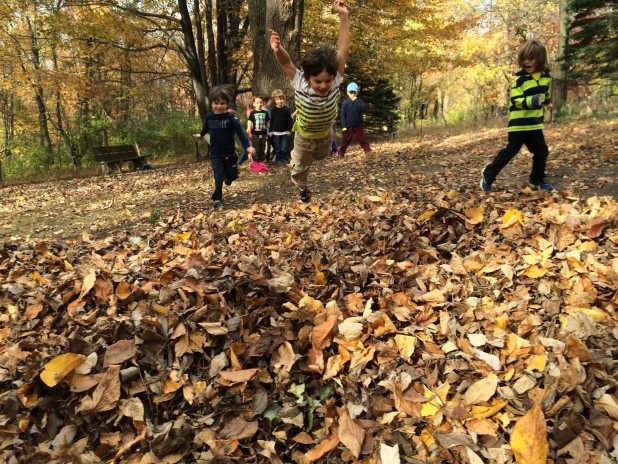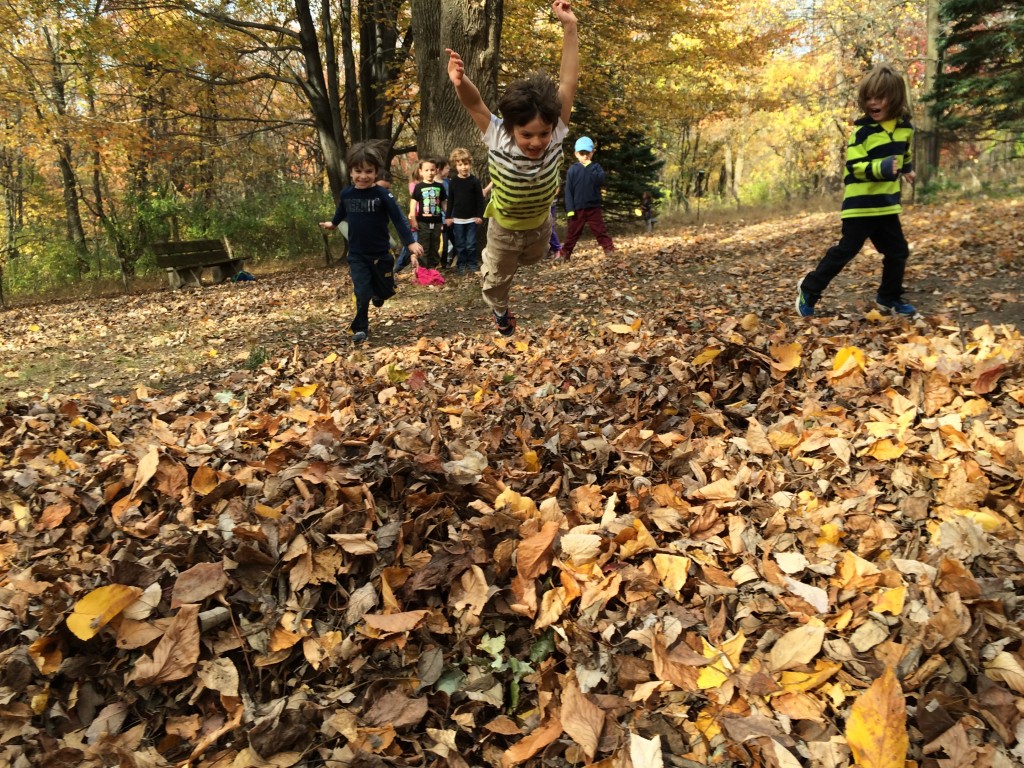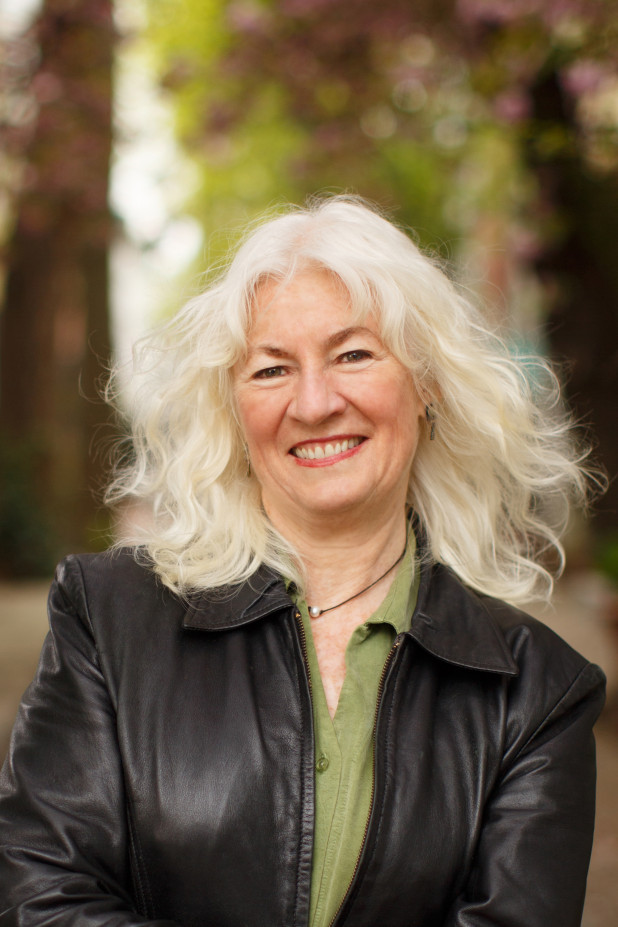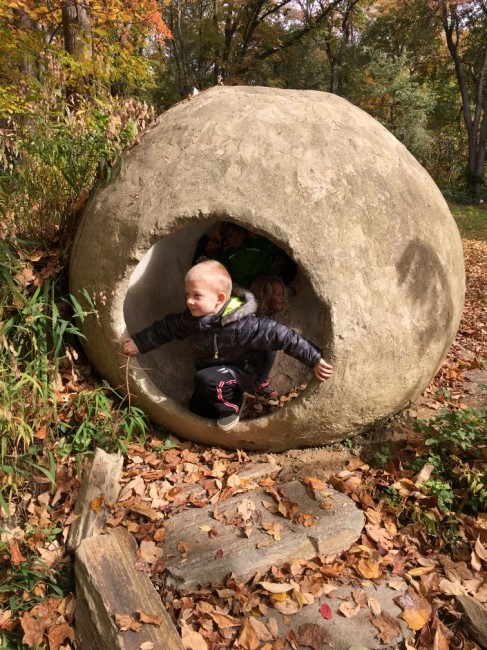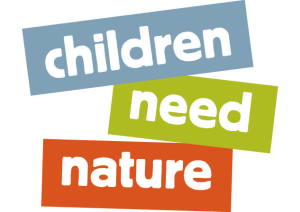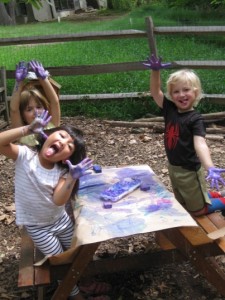By Mike Weilbacher, Executive Director
Dear Mayor Kenney,
Congratulations on being sworn in as the 99th mayor of Philadelphia. While you’ve got your hands full with a number of things—schools, public safety, jobs—your environmental agenda is crucial. Your predecessor, Michael Nutter, smartly advanced a strong environmental agenda, famously declaring that Philadelphia would emerge as the greenest city in the country—and took us a long way there. Last year, City Council happily decided to permanently retain the Office of Sustainability, and your choice of Christine Knapp to run the office signals that this momentum will continue.
And your promotion of Michael DiBerardinis from deputy mayor and director of Parks & Rec to managing director is another signal sustainability retains prominence.
As you get started, I asked the Schuylkill Center’s members to pass along their environmental recommendations to you. What do some of your environmentally concerned citizens want to see you do?
“The most important thing,” wrote Valerie Keller from your own South Philadelphia, “is to expand upon the stormwater management and river protection work of the groundbreaking ‘Green City, Clean Waters’ program. This plan put Philadelphia on the map for green solutions to basic urban infrastructure problems, and the enormous coordination of various organizations with incredibly inventive, creative ideas for ways to add rain gardens, retention basins, porous paving, and many other green infrastructures to the city should be used as a springboard for other ecologically relevant projects. Keeping the momentum going on this will make good use of everything that has been learned so far… and serve as a solid foundation from which other ecological programs can grow.”
A big hot-button issue for our members is fracking and the push for the city to become a hub for the transport of fracking gas. Many members had strong feelings here.
Like John Margerum of East Falls: “I am firmly opposed to Philadelphia developing as an energy hub. We will assume all the risks of an environmental disaster to enable the connected few to make excess profits. Philadelphia’s future must be envisioned as an opportunity to recover from the damages of past industrial development and a commitment to a greener, sustainable way of living.”
Walter Tsou of West Mt. Airy says he is “opposed to the energy hub simply because fossil fuels will be phased out in the next 30 years, and investing in an energy hub is like opening Blockbuster video on the dawn of the Internet. The Mayor can begin by purchasing 100% of the city’s energy from renewable sources, and installing electric chargers in all (public) garages.”
East Mt Airy’s Kathy Lopez was blunter: “We should have NOTHING to do with fracked natural gas and we should NOT have carbon-based fuels transported through our city, or any city as far as I’m concerned!”
Valerie Keller also commented on energy, offering that “I would like to see Philadelphia lead the country in alternative sources of energy. I don’t see fracking as a long-term sustainable answer to our continuing energy needs, and the long-term problems are not worth the short-term gains.”
Open spaces, green spaces, and cleaning abandoned lots were noted by lots of writers. “While I’m not a Philly resident anymore,” says Robin Eisman, “I suggest that… literal green space be added to as much as possible (converting lots to pocket parks, community gardens, etc). Mayor Kenney, I’d remind you of the studies linking greenery and nature with reduced crime, higher home values, and other benefits, which I’m sure you’re familiar with.” Dick Wexelblat, another former city resident, said his “two priorities would be open space and the aggressive cleanup of abandoned and run-down properties.” Kitty Stokes of Newtown Square has “grandchildren living in Philadelphia and for them I would like to see the greening and vacant lot work continued. Preserving open space is (the) most important (goal); once it’s gone, it’s gone!”
Continuing this thread, Roxborough’s Michelle Havens, also our gift shop manager, writes that “as a candidate, you were vocal on both environmental issues and education. You speak of saving green space and reducing litter and of helping our schools and our students. Is there a plan to blend the two? Too often… our youth are separated from green space, or have access to very little. And much of that consists of a community garden put together by neighbors in their vicinity or a playground with limited clean green space. How will you assist the youth of our city, the very future you represent, in becoming more aware of their part in the world around them? How will you make sure that all children in the city have access to green space and lessons explaining the significance and importance of such space? Because saving green space… will be a moot point if the youth we hope to one day take care of and respect it are ignorant of its importance.”
And Mayor Kenney, all of us at the Schuylkill Center and in the city look forward to working with you to advance these important concerns.
And come for a walk here anytime. Love to give you a tour.
Editor’s note: a version of this blog post was published in the Roxborough Review on Wednesday, January 13, 2016


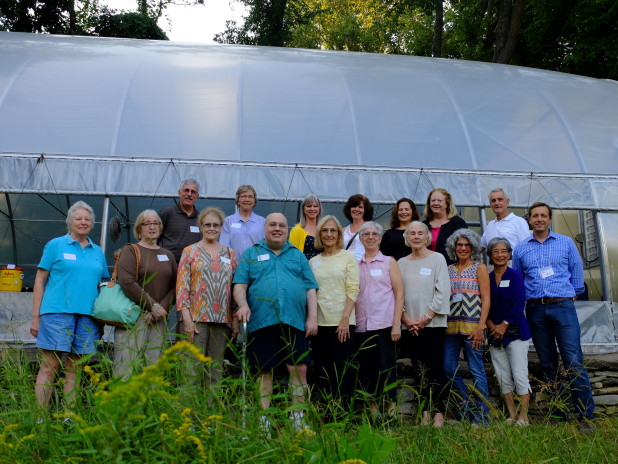
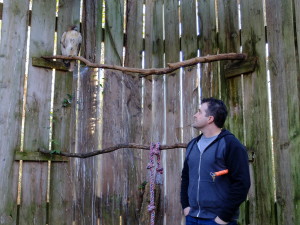

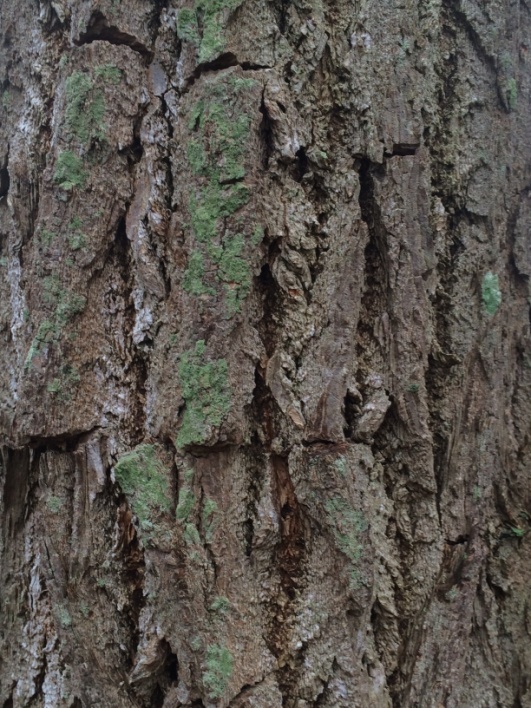
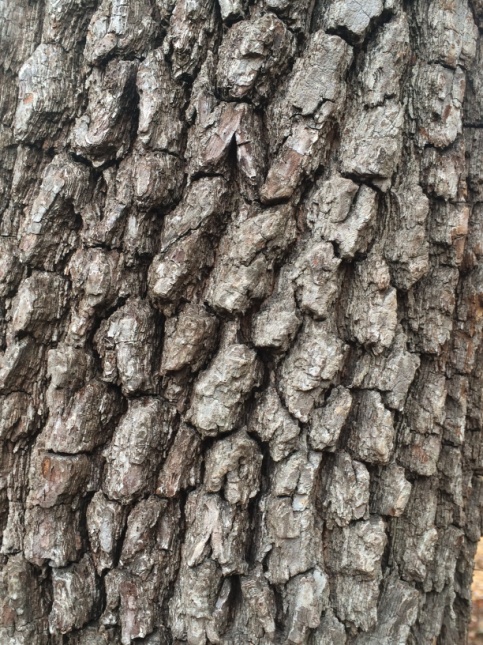
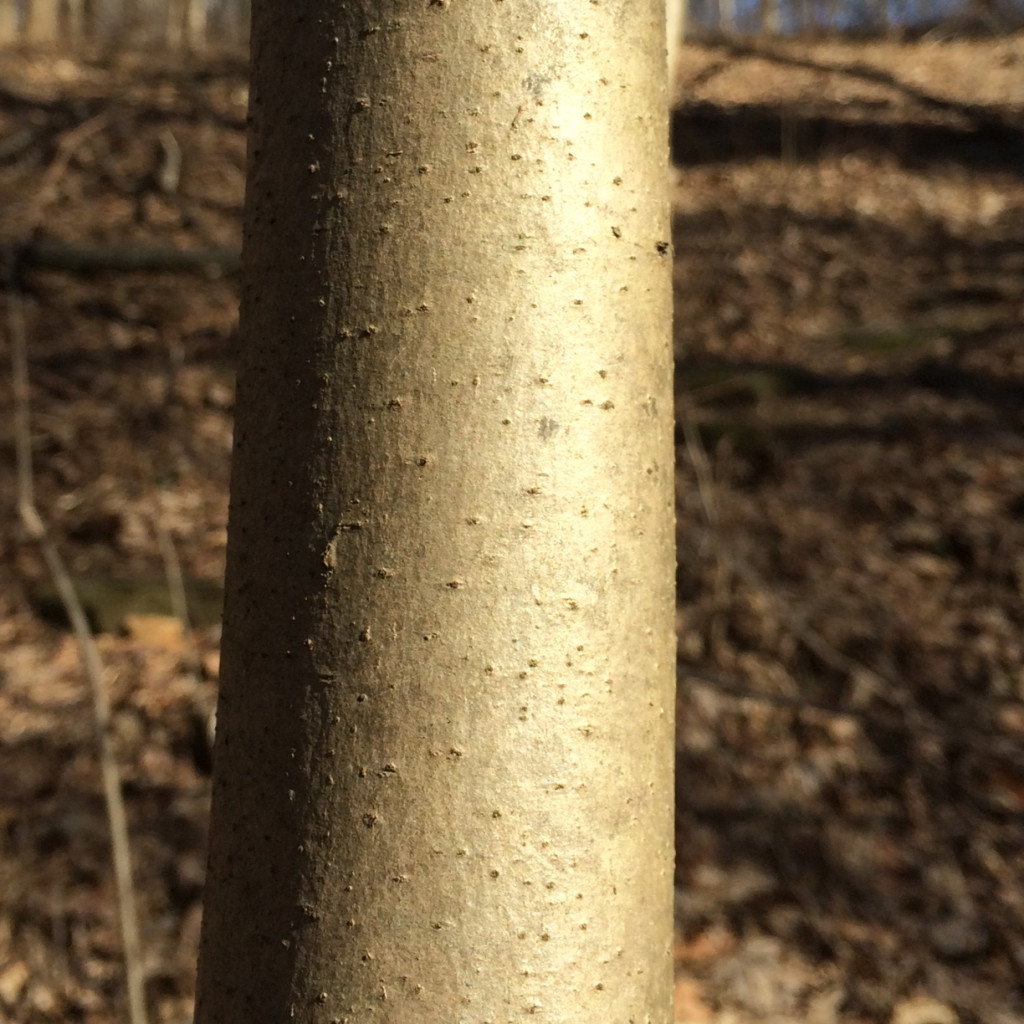
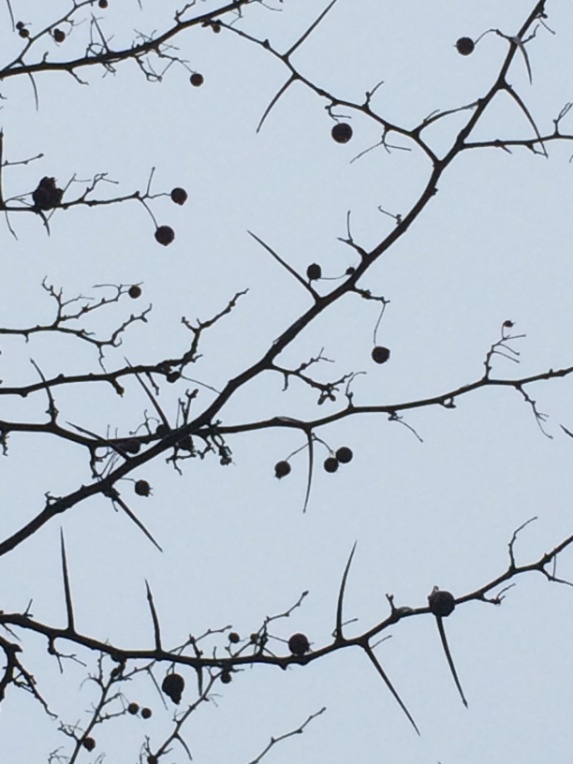
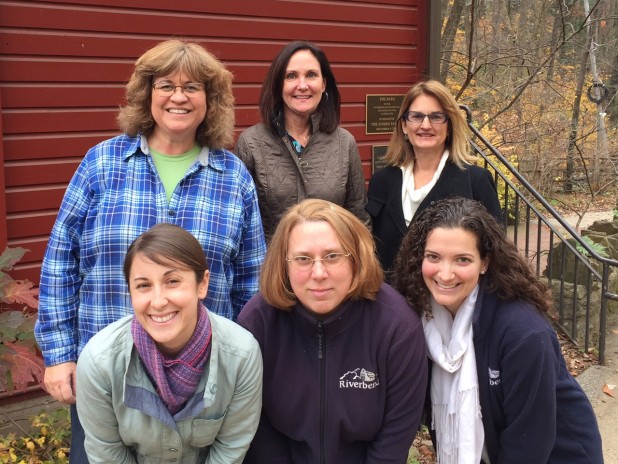
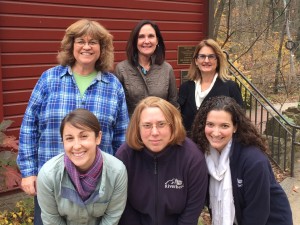 Dear Friends of 2040,
Dear Friends of 2040,